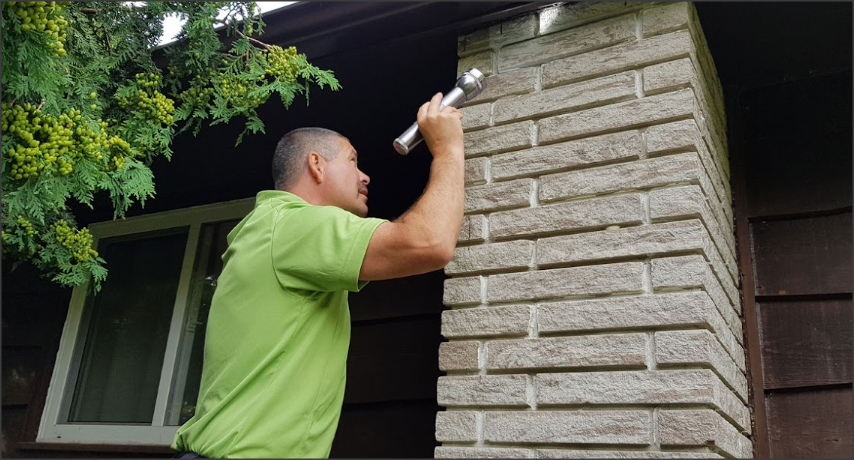When you think about rodents and where they might make nests in a home, the first location that may come to mind is the attic. Attic spaces, with their clutter and plenty of insulation, old books, and stored furniture to chew, make for perfect nesting areas for mice, as well as a safe place to raise their pups.
If you suspect that you are sharing your Calvery County home with mice and want to learn how to get mice out of attic spaces, we at Skedaddle Humane Wildlife Control send out wildlife removal technicians who have the experience and know-how to find mice in the attic and keep them away in the future.
Remove Hiding Places Outdoors
When mice first encroach on your home, they are likely looking for food, water, and a safe place to nest, away from their many predators, including:
- Hawks
- Owls
- Coyotes
- Larger rodents
They may not infiltrate the attic right away but watch for possible dangers, such as the family cat or dog. In the meantime, they hide in tall grasses and wait until it is safe to scout further, usually at night.
Mice are also adept climbers and might gain access to your roof via long overhanging tree branches. Once they reach the roof, they might chew into the attic and find a prime nesting site there. Trimming bushes and trees around your yard gives mice nowhere to hide.
Look for Rodent Entry Points
Most species of mice are small enough to squeeze through holes the size of a quarter and under poorly sealed door thresholds. Once inside, they can use your home’s ductwork like a super highway and make their way to the attic.
Calling in our experienced Skedaddle technicians who can assist you with mice removal in Calvert County will inspect your home for common mice entry points, including your roof. These rodents often enter through spaces by squeezing under missing shingles and then gnawing away at the wood around the roof’s flashing. Our technicians have the experience to safely access your roof and seal these points.
Limit Food and Water Access
Mice usually approach human homes looking for food and water. These rodents are omnivores, which means they eat a variety of foods, including plants and meat. They particularly enjoy sweet things, like candy and pastry. Once mice make their way inside and find these food sources, they will likely stay and find a nesting site inside the home.
You can reduce the risk of inviting mice into your attic by removing food sources that mice thrive on. Wipe down your counters each evening and do not leave food out. Encourage your kids to keep food out of their rooms and wipe up sticky spills, like soda, right away.
How Skedaddle Helps With Mouse In Attic Removal
When our Skedaddle wildlife removal technicians arrive, they first assess the situation and search for signs of mice nesting. They then humanely remove any mice they find, before cleaning up dirty bedding. Mouse urine and feces both carry leptospirosis and Hantavirus, and our technicians have the experience to handle this material in a way that keeps you and your family safe.
Scheduling regular inspections with Skedaddle, whose techs can advise you about how to Keep Raccoons off Roof?, can also help safeguard your home all season long. Mice do not hibernate and remain active all through the cold months, looking for warm places to nest and give birth. Seasonal inspection can prevent new mice infestations and damage to your home.
Contact Us Today
Keeping mice out of your attic prevents the possible spread of respiratory diseases and widespread damage to building materials, and Skedaddle Humane Wildlife Control can help with mice removal in Calvert County. Fill out our online form today for more information and assistance with wildlife removal.



